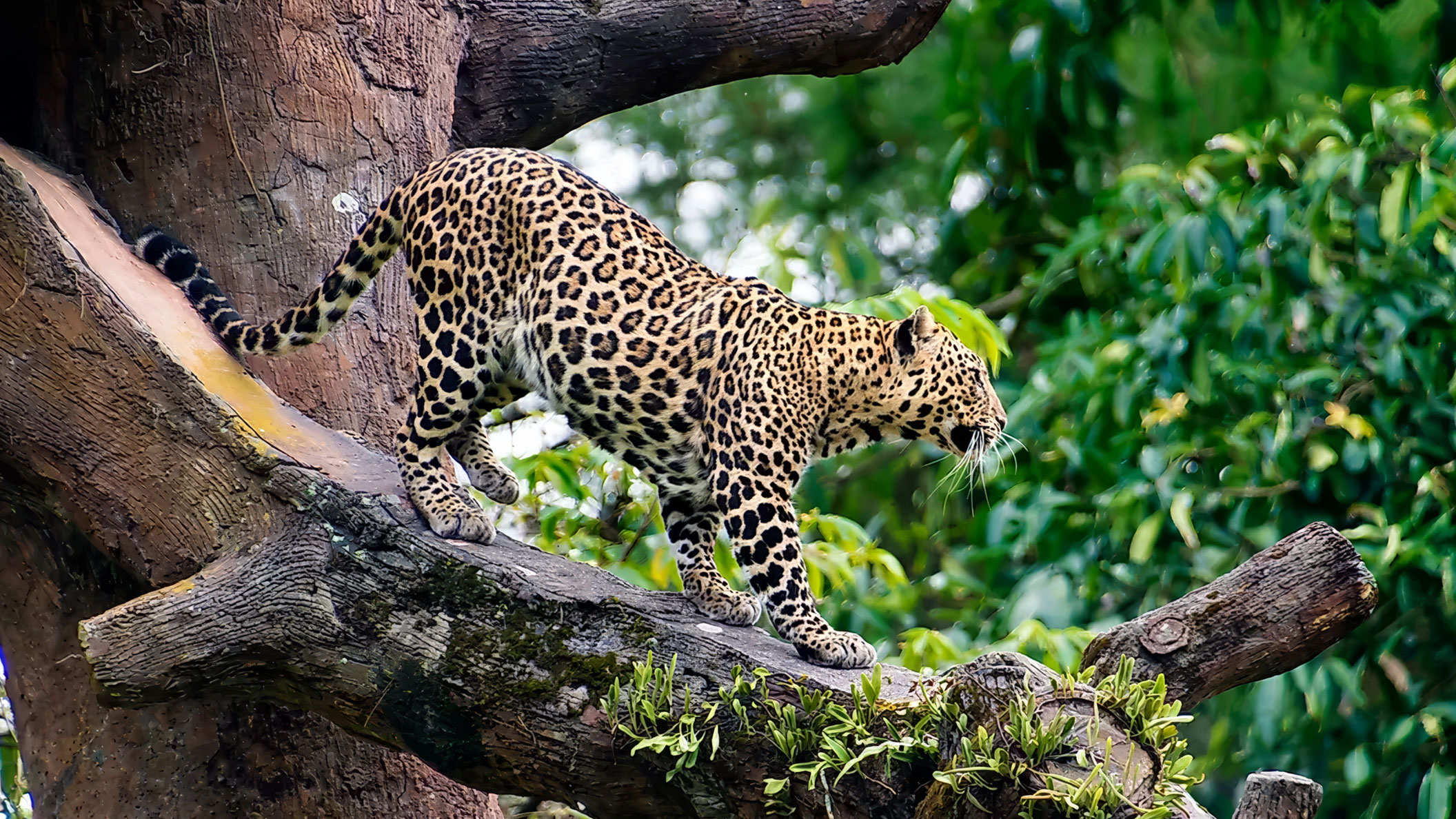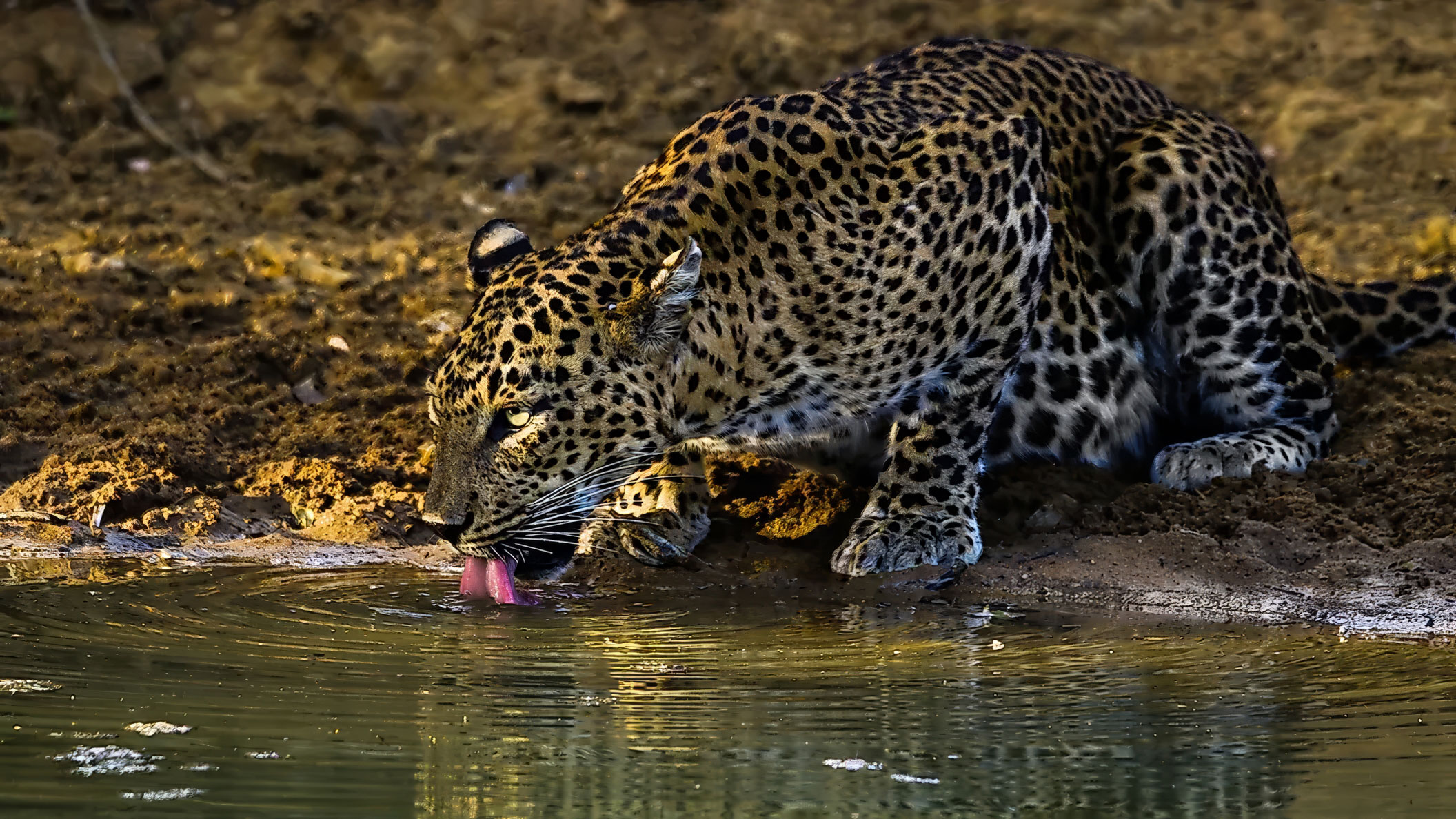Leopards
How Many Types Of Leopards Live In The World Today?
The leopard (Panthera pardus), one of the “big cats” living in the world today is found across parts of Asia and a wide range in sub-Saharan Africa. Compared to other members of the cat family, leopards have relatively longer bodies and shorter legs. Though similar in appearance to jaguars, leopards have a smaller physique. Leopards are efficient predators with well-camouflaged fur and a broad prey base. Here we discuss the 9 different subspecies of leopards, their important characteristics, and current status of conservation.
African Leopard
The African leopard (Panthera pardus pardus) is a subspecies of leopard that is native to the African continent. Though widely distributed across sub-Saharan Africa, the African leopard’s historical range has been heavily fragmented. The coat color of African leopards varies from pale yellow to black to deep gold or tawny. African leopards are victims to the trophy hunting industry, and there are reports of the negative impacts of trophy hunting on leopard populations and social lives. Leopard populations near human settlements have also been severely depleted due to hunting of these animals for bushmeat.
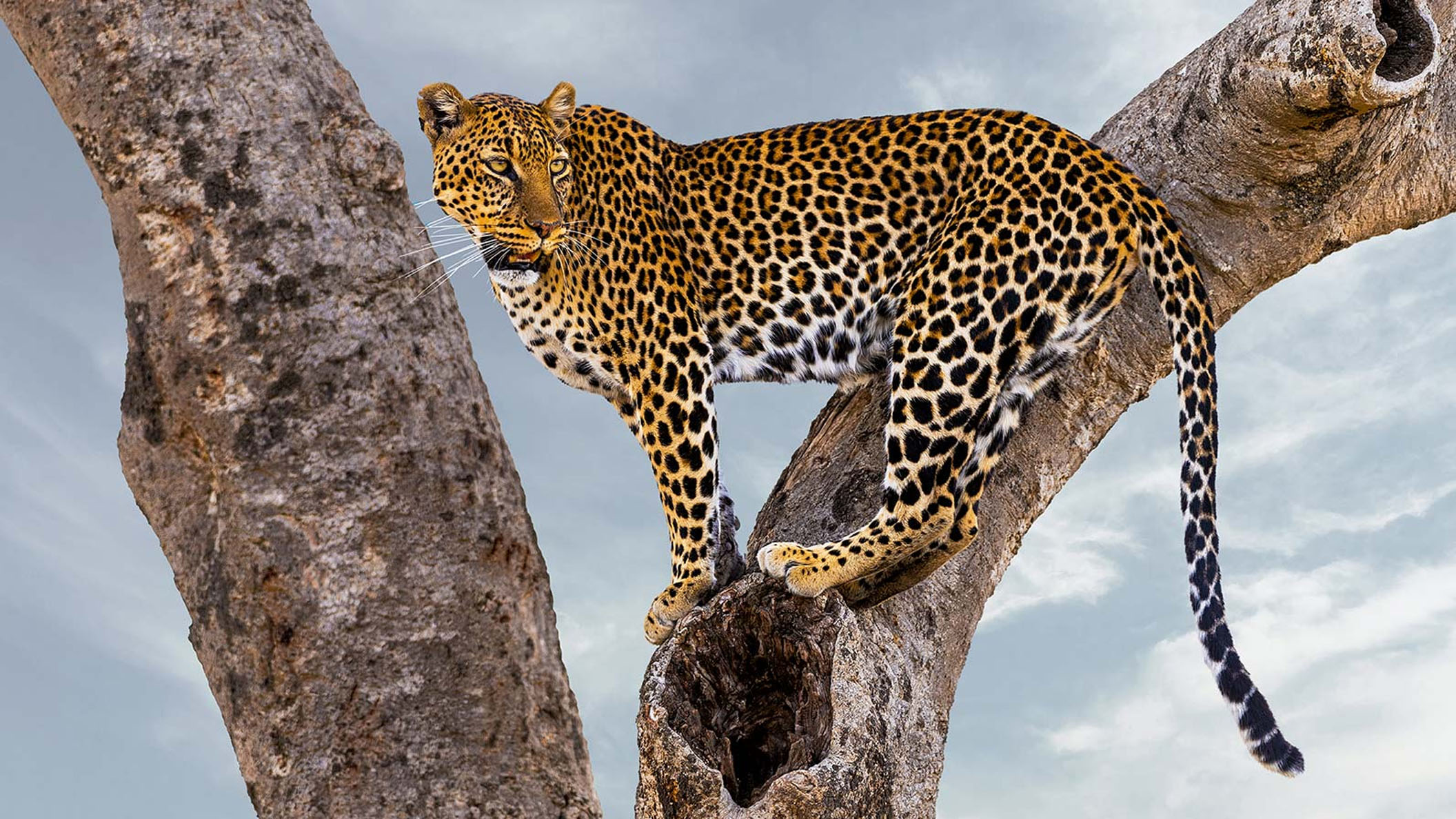
Amur Leopard
The Amur leopard or the Far Eastern leopard (Panthera pardus orientalis) is a critically endangered subspecies of leopard. The animal is native to southeastern Russia and northeast China. According to WWF data, only around 70 Amur leopards survive in the world today. These animals differ from other leopard subspecies by their thick, spot-covered coat that is suitable for survival in the cold climate where these leopards live. Encroaching human settlements, poaching, construction of roads in leopard habitat, forest fires, diseases, inbreeding are some of the factors threatening the Amur leopard populations.
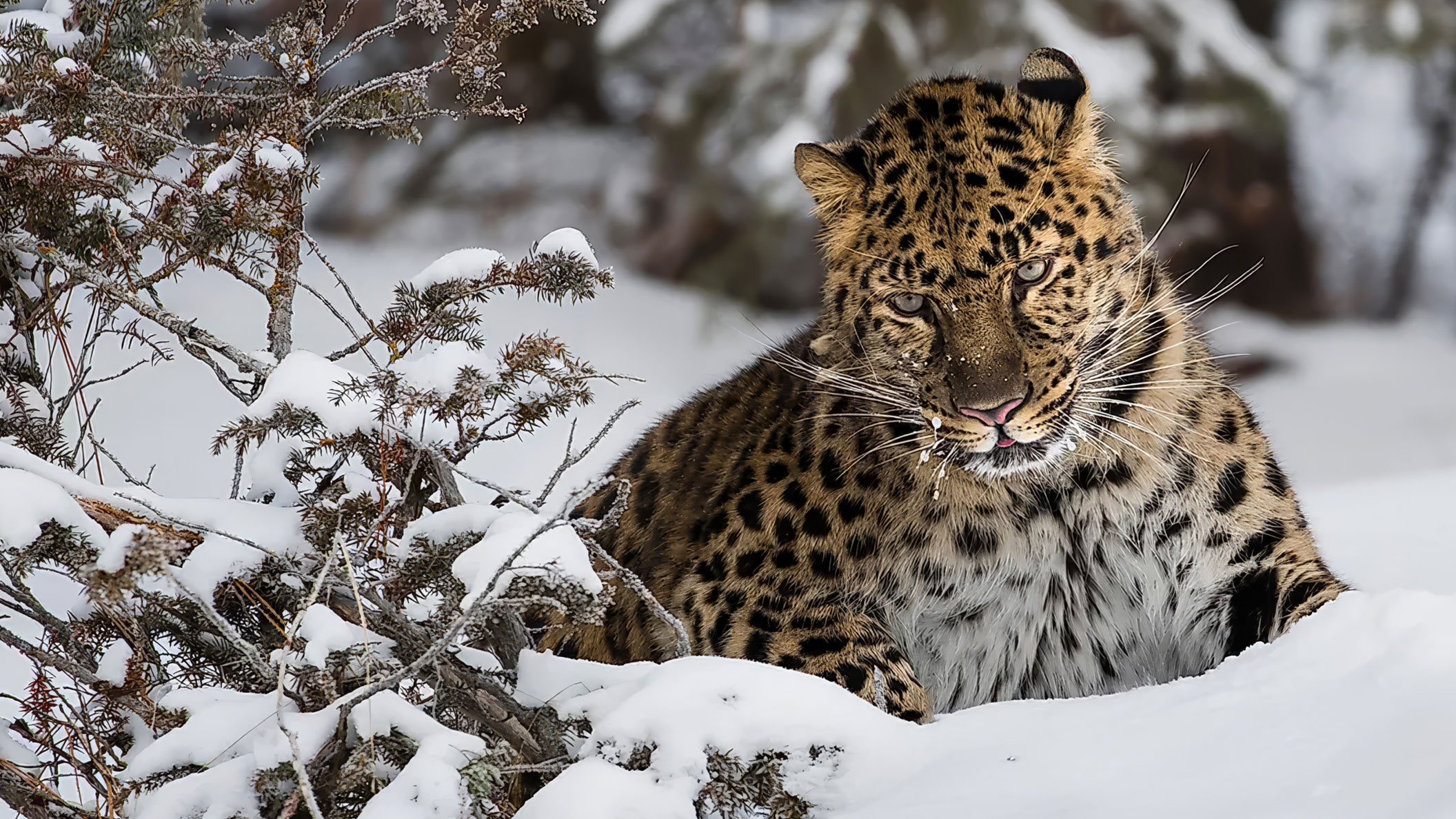
Arabian Leopard
Native to the Arabian Peninsula, the Arabian leopard (Panthera pardus nimr) is a highly threatened leopard subspecies. The subspecies have been listed on the IUCN Red List as Critically Endangered. Subpopulations are limited to less than 50 individuals. This leopard subspecies is one of the smallest subspecies of leopards. These leopards have a coat color that varies from pale yellow to deep golden. The geographic range of this subspecies is limited to the Arabian Peninsula and includes the Sinai Peninsula in Egypt. Within its range, the Arabian leopard inhabits hilly steppes and mountainous uplands. These predators feed on Arabian gazelles, Cape hare, rock hyrax, Nubian ibex, and other mammals native to the region. Hunting and capture accompanied by the depletion of prey base, habitat destruction, and persecution have led to the threatened status of the Arabian leopard.
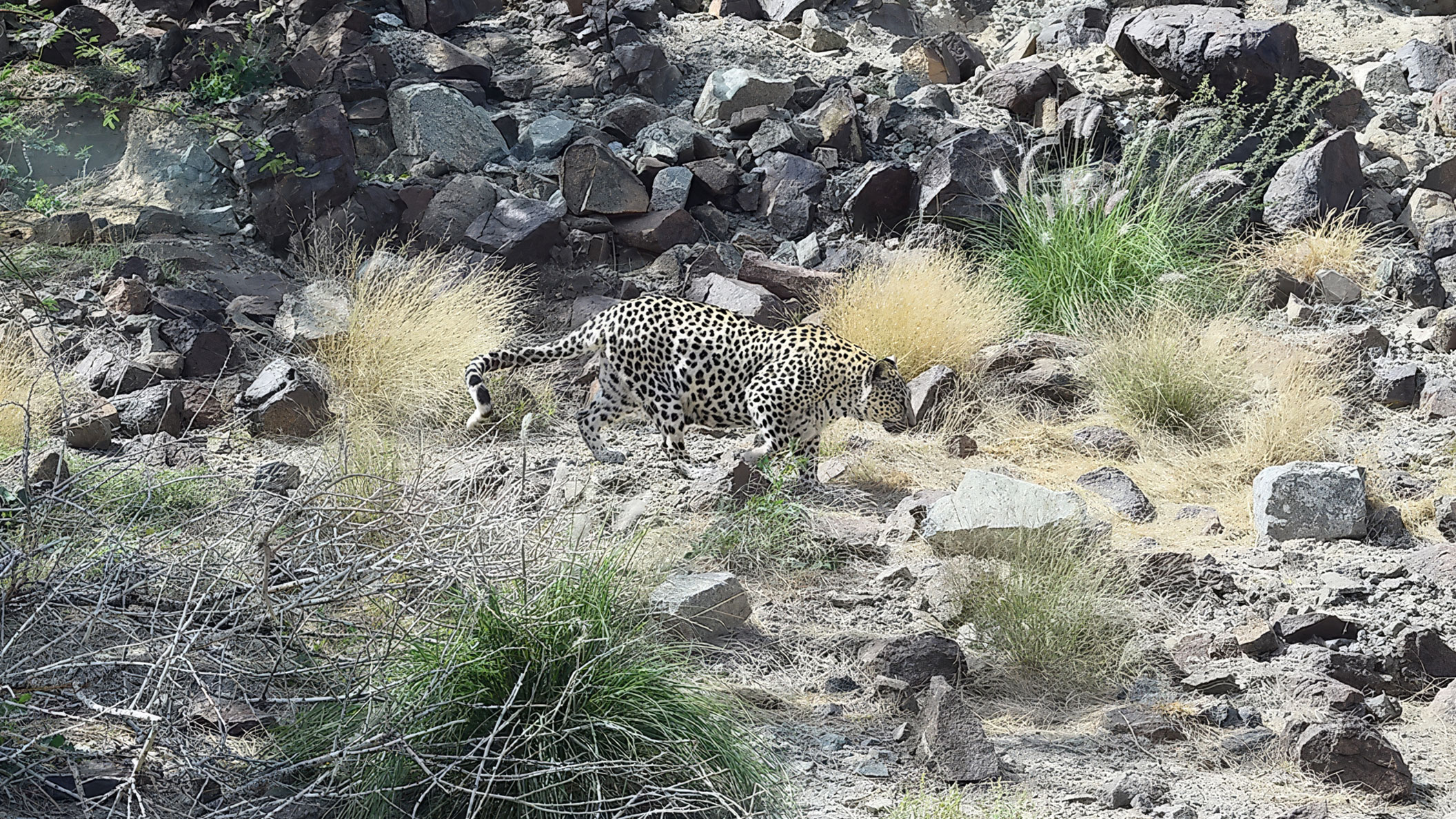
Indian Leopard
Indian leopard (Panthera pardus fusca) is found in the Indian subcontinent and is listed as a vulnerable subspecies on the IUCN Red List. Poaching for skin and body parts, persecution by humans, and habitat loss have threatened the lives of these leopards. A 2014 survey indicated that there are around 12,000 to 14,000 leopards existing in the wild today. Indian leopards live in a wide variety of habitats within their range. Some leopards of India have been recorded as man-eaters in the past, and till today, man-human conflict continues to be a big barrier in leopard conservation.
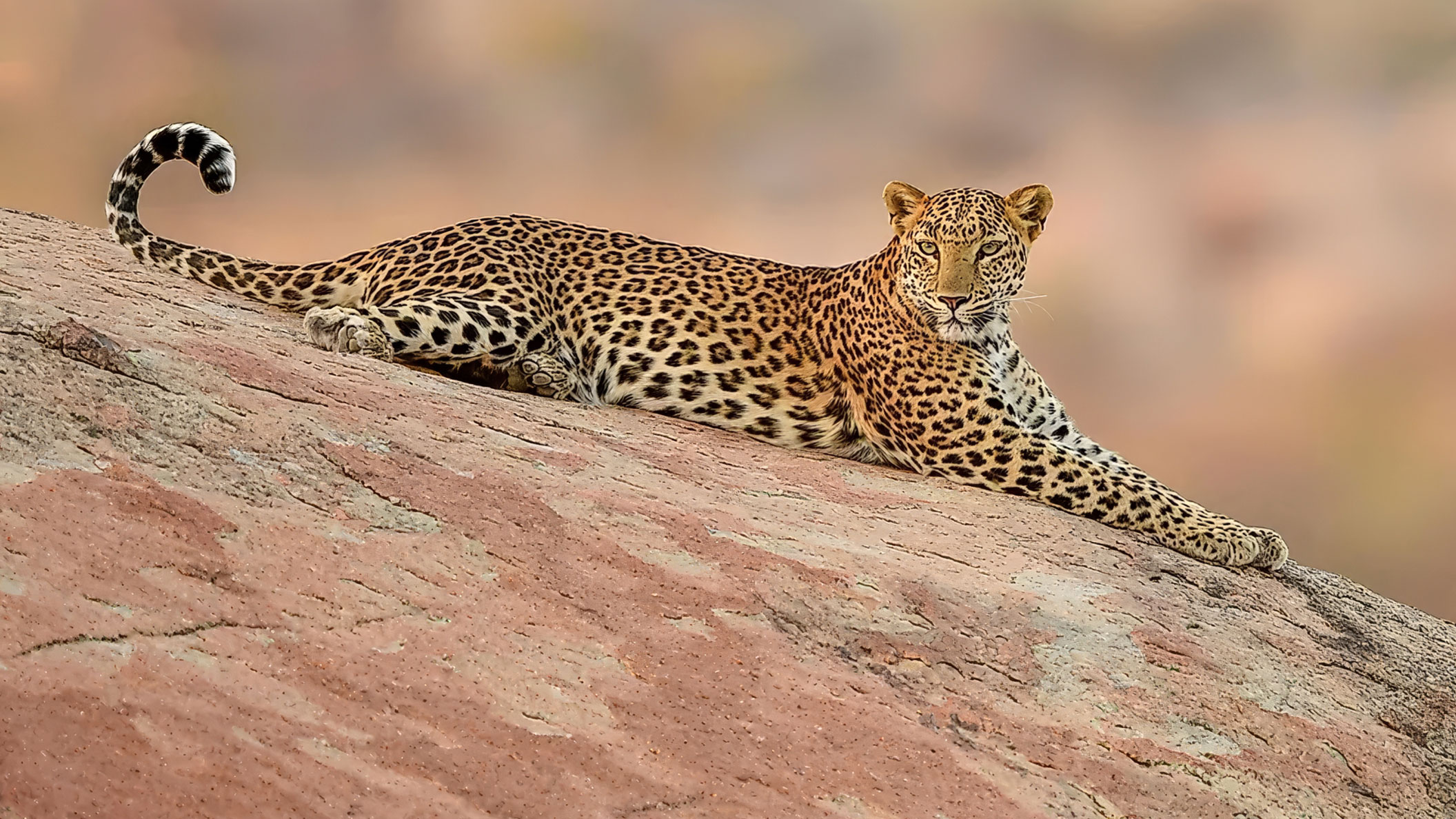
Indochinese Leopard
The Indochinese leopard (Panthera pardus delacouri) is native to southern China and mainland Southeast Asia. Like most other wildlife in the region, the leopard faces threats due to habitat loss and poaching for illegal wildlife trade. A report produced in 2016 came as a shock to conservationists since it revealed that there are only about 400 to 1,000 breeding adults of the Indochinese leopard left in the wild. The Indochinese leopard appears in a predominantly black form south of the Kra Isthmus and a predominantly spotted form north of the Isthmus. The scarcity of tigers has led to the use of leopard body parts for the preparation of traditional Chinese medicines which has severely affected wild Indochinese leopard populations.
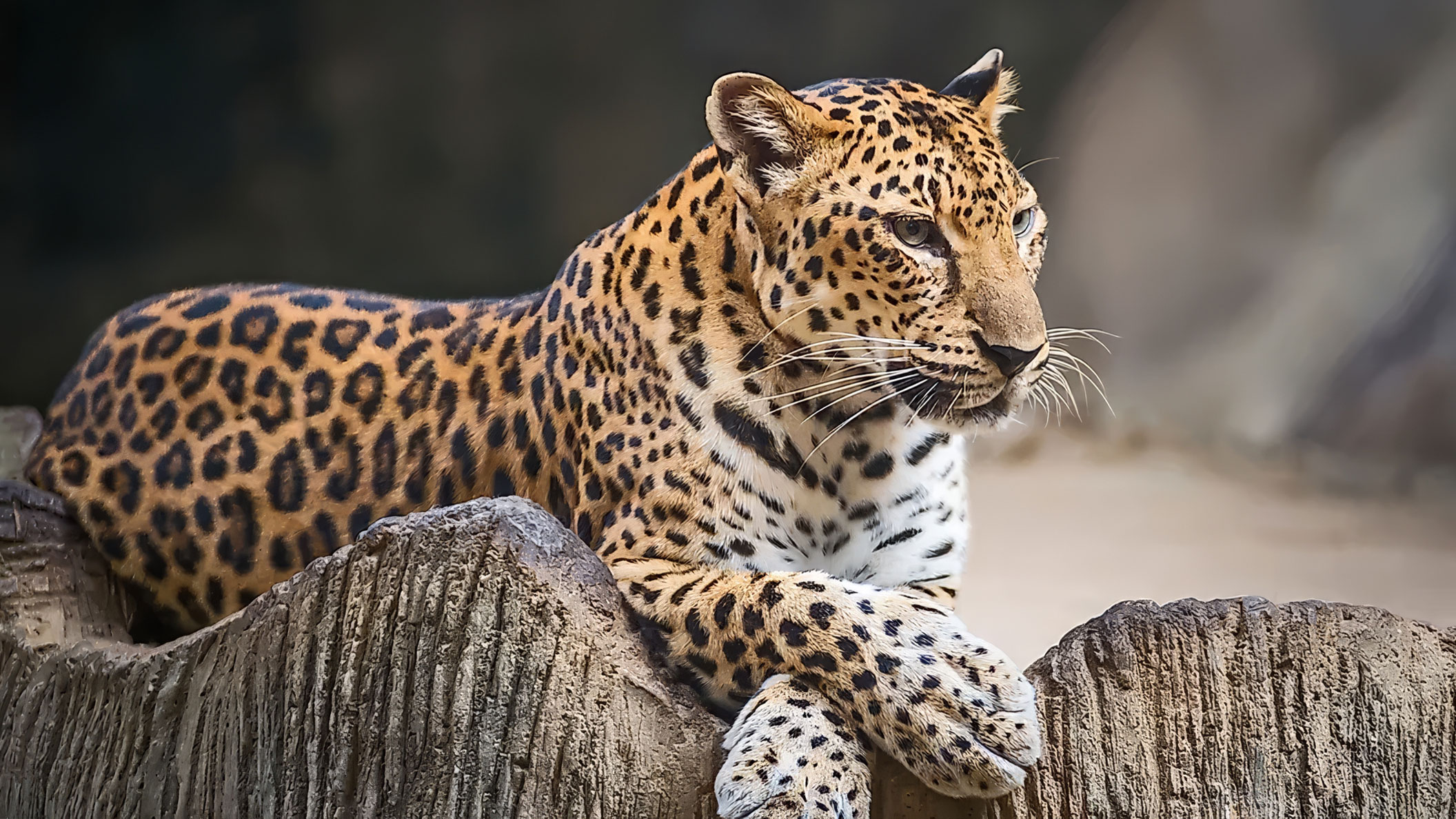
Javan Leopard
The highly threatened Javan leopard (Panthera pardus melas) is endemic to the Indonesian island of Java. The leopards are either completely black due to a recessive phenotype or have the usual spotted coat. The Javan leopard is critically endangered, and only about 250 individuals survive in protected habitats in their range. Depletion of the prey base, poaching, habitat loss and also conflicts with humans have resulted in a rapid downfall in the numbers of the Javan leopard.
North-Chinese Leopard
The North-Chinese leopard (Panthera pardus japonensis) is native to northern China. The leopard is approximately the same size as the Amur leopard. However, the coat of the leopard is darker and more orangish in color. The rosettes are also darker and more closely spaced. The leopard primarily preys on deer and wild boar. Poaching, deforestation, and illegal trade in leopard skins are factors leading to the loss of these leopards in the wild.
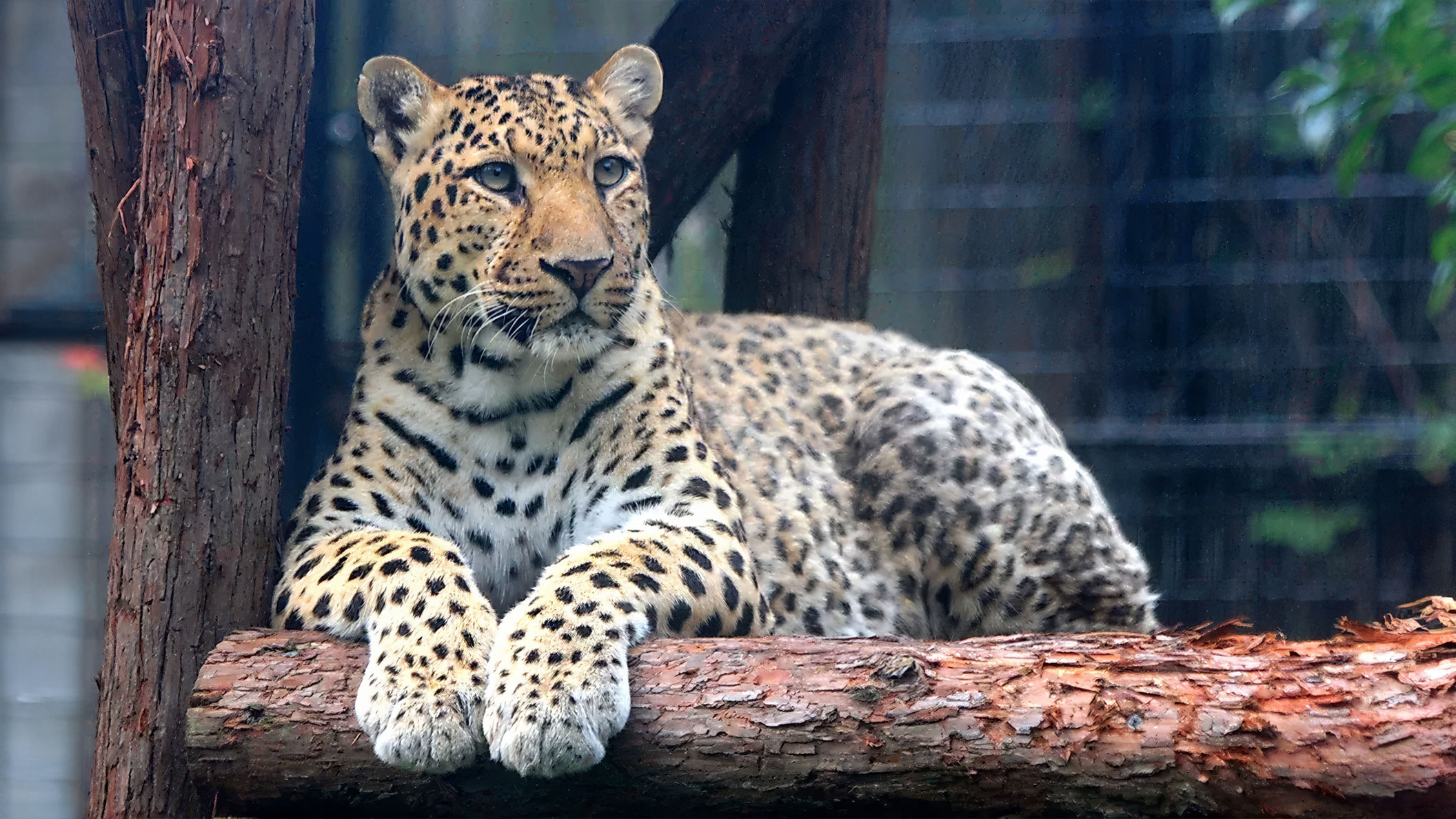
Persian Leopard
The Persian leopard or the Caucasian leopard (Panthera pardus ciscaucasica) is the biggest subspecies of leopard and is native to the Caucasus region where its range encompasses Turkmenistan, Azerbaijan, Iran, and western Afghanistan. According to the IUCN, the Persian leopard is classified as endangered. Only about 871 to 1,290 mature individuals of this subspecies are reported to exist currently. In Iran, a study conducted between 2007 and 2011 revealed that nearly 70% of the mortalities of the Persian leopards was due to illegal hunting and poisoning. Road accidents accounted for 18% of the deaths.
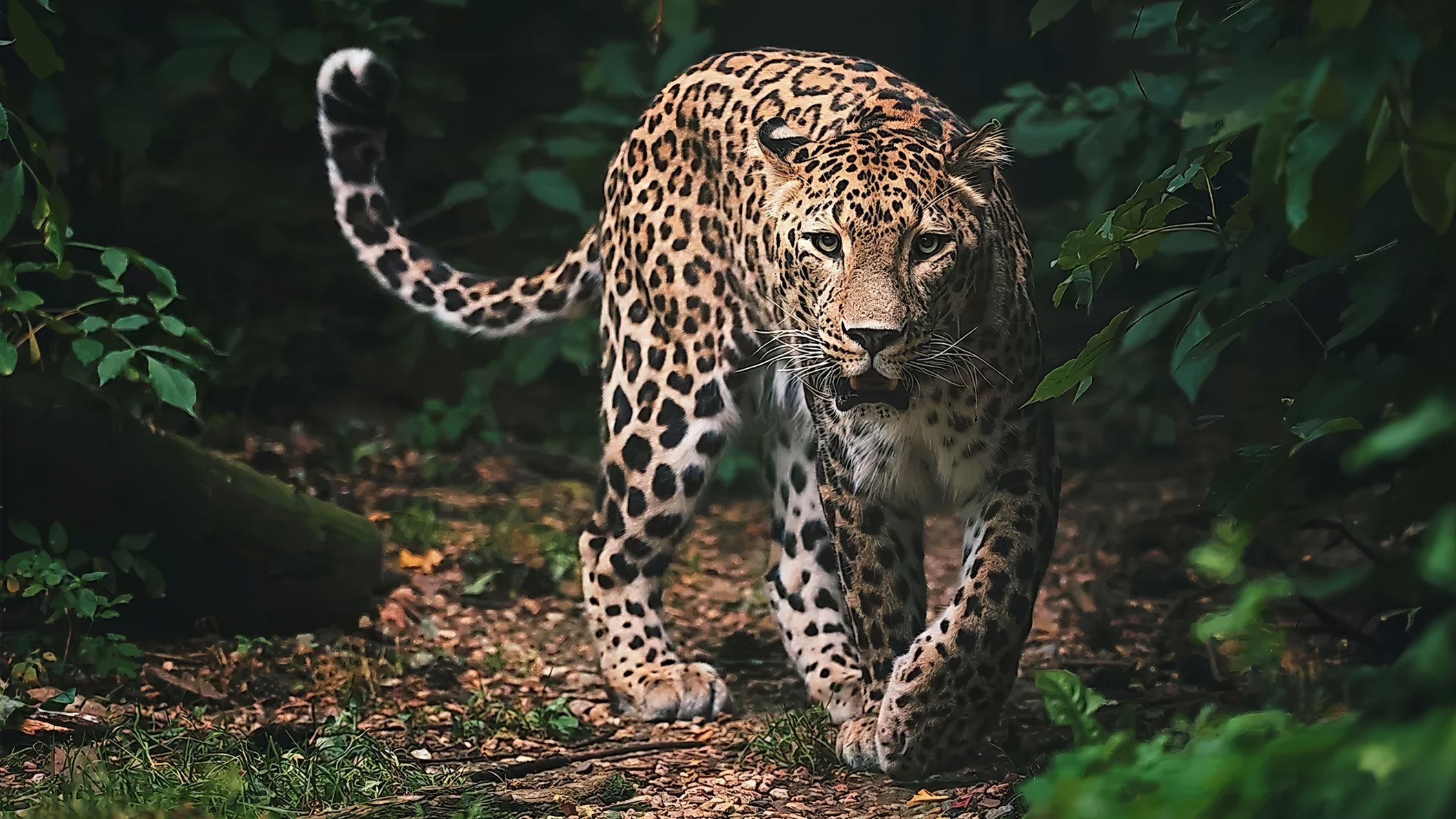
Sri Lankan Leopard
The Sri Lankan leopard (Panthera pardus kotiya) is a leopard subspecies that is native to Sri Lanka. The leopard possesses a tawny or rusty yellow-colored coat with close-set rosettes and dark spots. Females of this subspecies weigh around 29 kg, and males weigh around 56 kg. The Sri Lankan leopard has historically been found across a wide range of habitats on the island nation including arid scrub jungle, rainforest, upper highland forest, and dry evergreen monsoon forest. The Yala National Park and the Wilpattu National Park in Sri Lanka are ideal places for sighting these leopards. Today, habitat loss and fragmentation, leopard poaching, and persecution by humans due to man-animal conflict are decimating leopard populations throughout Sri Lanka.









